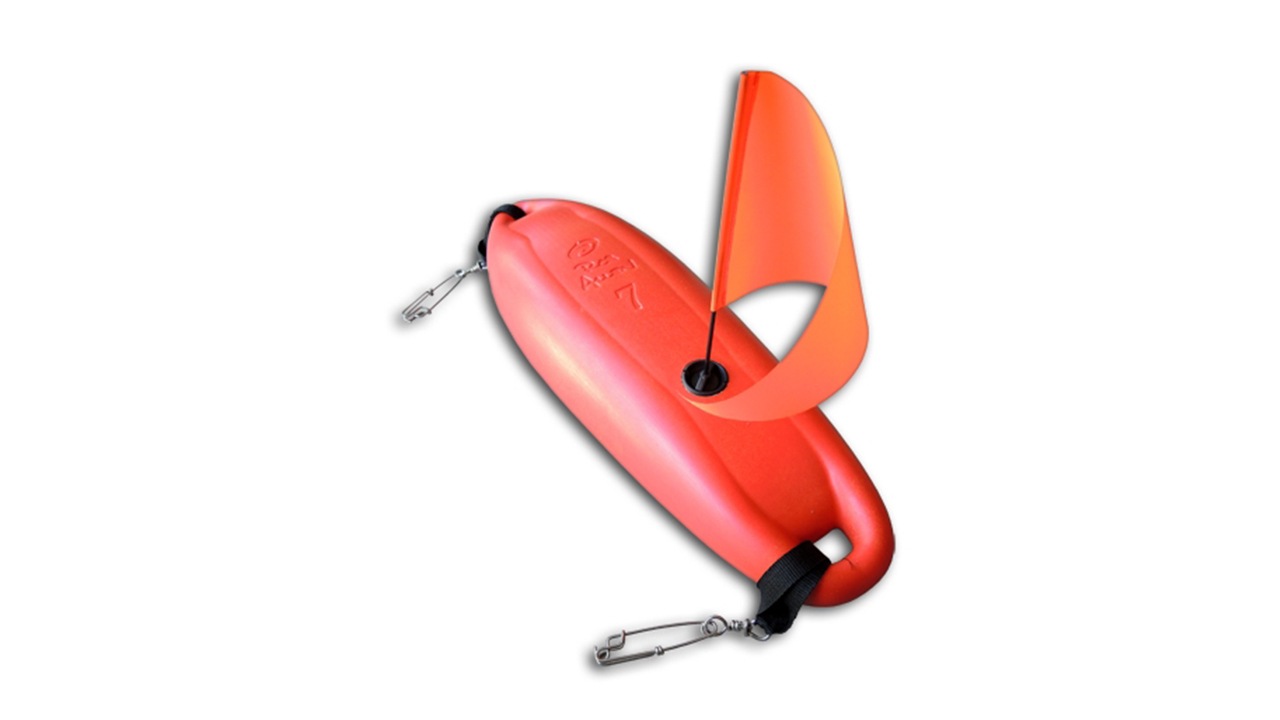Taking up spearfishing can be intimidating so we have taken some time off to compile a list of the best spearfishing gear for beginners that's available on the market. That means everything you need and nothing that you don't.
Getting the right gear when you start out is very important. Not only will buying the wrong equipment slow your progress it will also cost you more money in the long run.
As a beginner you don't need all the gear that a more experienced spearo will use, but buying the right equipment from the start means that upgrading will be quick, easy and less expensive.
We will start off with the essential gear for beginners and then we'll list some nice to haves at the end. For each of the items on the list, if applicable, we'll explain how to upgrade your spearfishing equipment as you progress from beginner to advanced spearo.
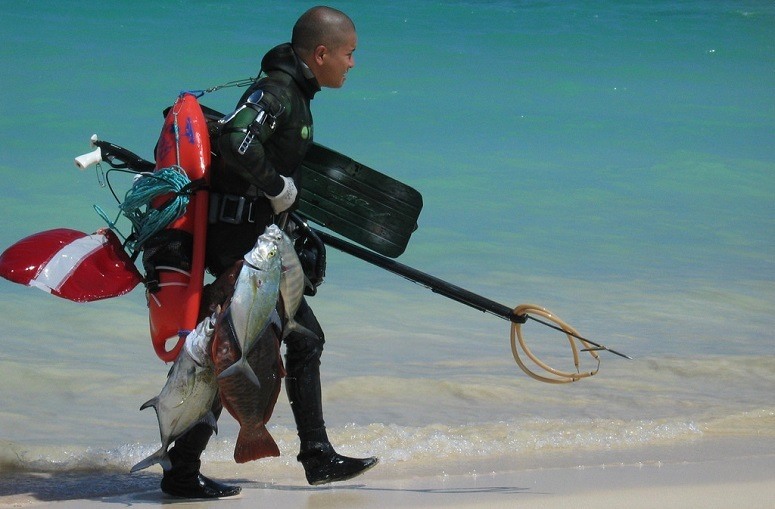
Let's start at the item that sets spearos apart from mere mortals - the Speargun
Beginner speargun
As a newbie you don't want to go for a triple rubber wooden gun like the Riffe Marauder even if you are tempted to. Yes, they are beautiful and desirable but not the best gun to hone your skills on.
The best speargun for beginners is a single rubber aluminium gun that is less than 35inches (90cm) long. Anything longer will be difficult for a young or inexperienced spearo to load.
We recommend a steel gun because there is a wider selection available and simply because they are much hardier than carbon fibre guns.
We are not keen on pneumatic guns. Rubber guns are simple, effective and easy to maintain. Purchasing the right begginer gun also makes it easier to upgrade later.
Both the Seac Sting Sling and the Cressi Apache are solid choices for a first speargun and will make a good back-up gun later when you get that Mahogany tuna slayer.

Source: ebay.com
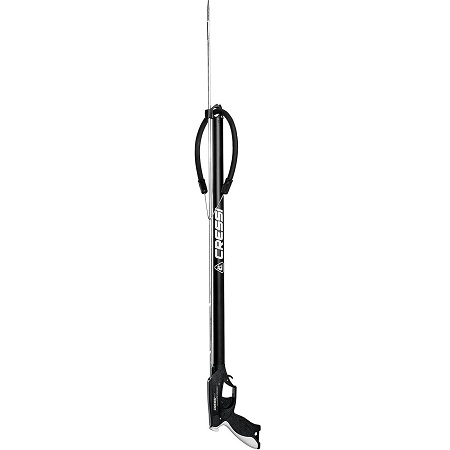
Source: ebay.com
Both these guns have closed muzzles and the Seac gun will allow you to add a second set of rubbers in case you need to increase the power later on.
Freediving Mask
Yes, you can start spearfishing with that mask you got as part of that cheap snorkeling set, but no... You are serious about this new hobby even if you are a beginner.
If money allows it you should definitely invest in a proper low volume freediving mask. We highly recommend that you get either the Aqua Lung Sphera mask or the Mares Viper freediving mask.
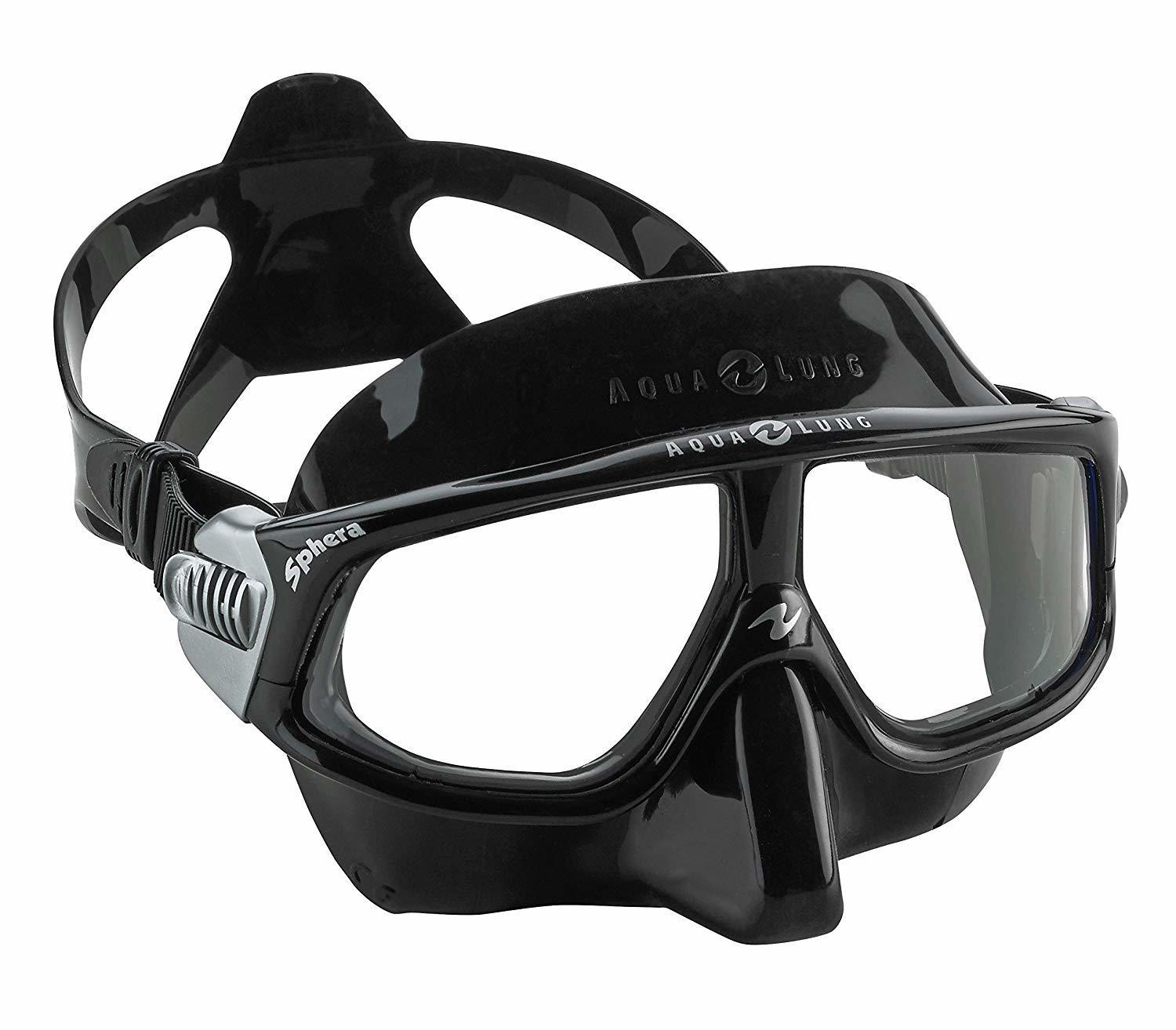
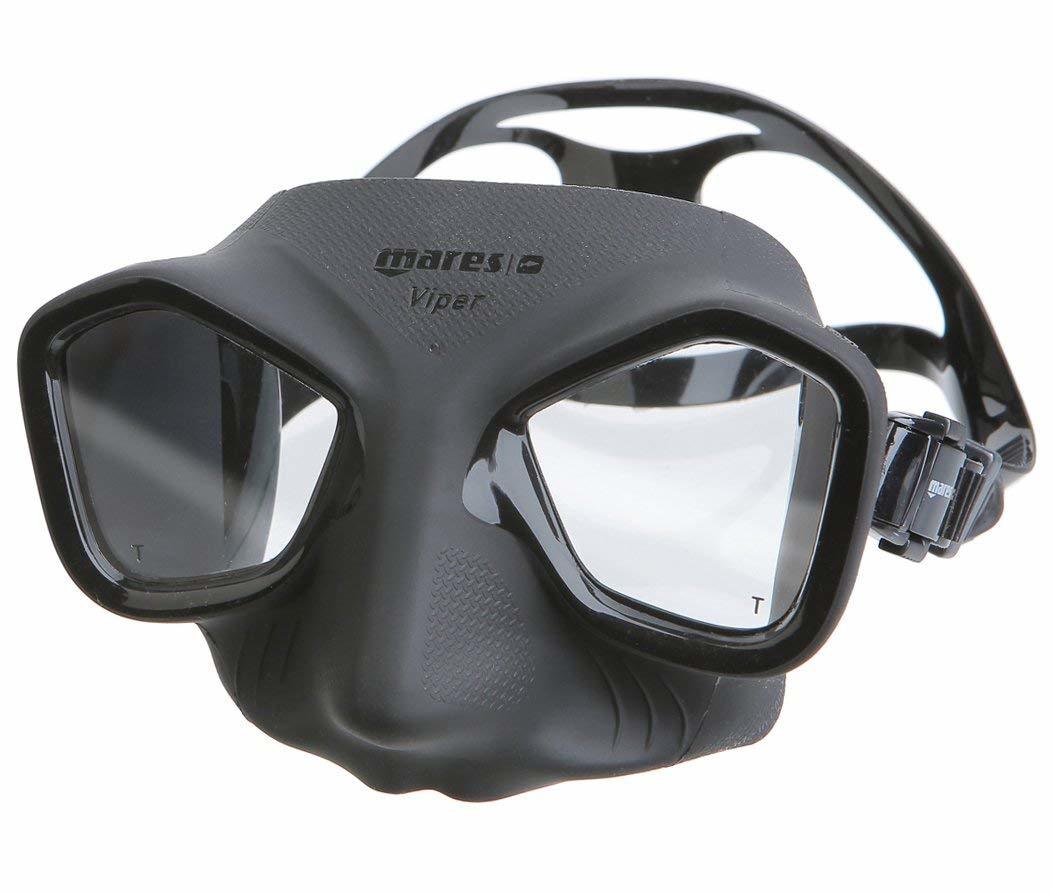
Both these masks ranked right at the top in our Freediving mask buying guide. If you expect to dive at least once a week then we suggest that you go for the more durable Mares.
Spearfishing Snorkel
There are a lot of fancy snorkels out there. Some have splash guards and top valves to keep the water out while you are swimming at the surface or diving. Others have purge valves at the bottom to make it easier to "flush" the water out after a dive. The really fancy ones like the best selling Cressi Supernova Dry Snorkel have both.
For recreational snorkelers that spend most of their time at the surface this is perfect, but for you, a Spearo and freediver completely unnecessary.
All that you need is a good old j-shape snorkel with a comfortable mouthpiece and a snorkel keeper. The Mares Dual Snorkel or Cressi Corsica snorkels below are perfect for beginners or experienced freedivers and spearos.
Wetsuit or Dive Skin
Depending on where you will be diving you will need either a wetsuit or a dive skin. A rash vest and shorts will be sufficient if you are one of those people that are lucky enough to dive in the tropics.
We recommend wearing a wetsuit or diveskin/rash vest simply to protect you from the elements. Whether that may be the cold water, the sun or fire coral.
If you are just starting out and you already have a wetsuit that you use for surfing or other water sports then just keep on using that until you improve your underwater hunting skills.
A custom camo open cell wetsuit like the one below is definitely not a must have item for a beginner.
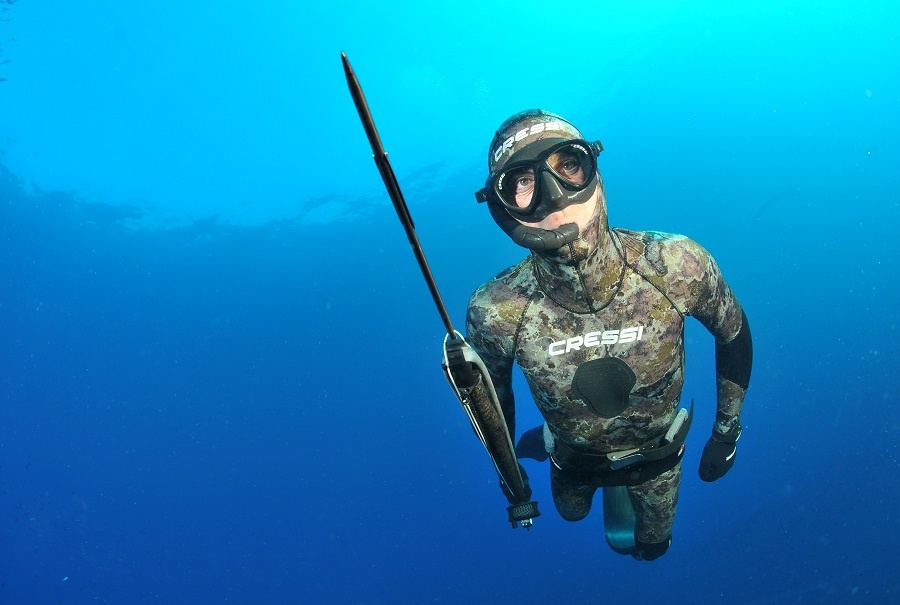
Spearfishing Knife
A good spearfishing knife is only second to your speargun in importance. Ok, your mask is pretty important too... So, your trusty knife is one of at least three items that you should never dive without.
A spearfishing knife is used to dispatch fish quickly and humanely so it must have a razor sharp spear, needle or clip point tip. It also comes in handy to cut line that you might get tangled up in so it needs to have a serrated edge as well.
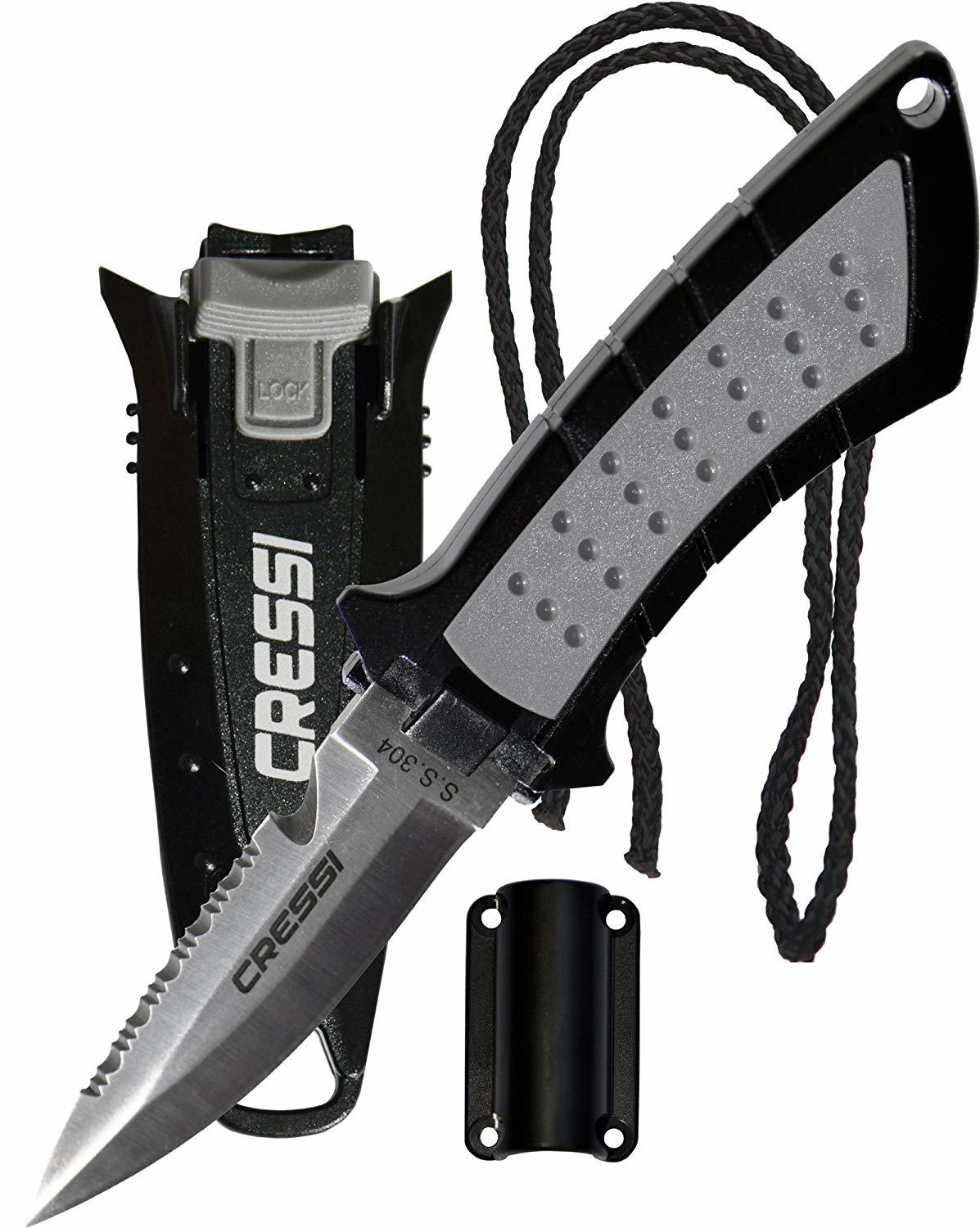
As a beginner you should consider getting a cheaper knife. They take a beating and to be honest they are quite easy to lose. In our Best Dive Knife guide we recommend the Boffer scuba knife as a good cheap option for beginners.
Also have a look at the Morksej Knife by Mahi Mahi which is a less expensive copy of the highly rated Omer Laser.
Weight Belt & Weights
There are two types of weight belts. Nylon and rubber. Unless you previously used to scuba dive and already have a Nylon type belt then you should definitely get yourself a rubber dive belt.
Rubber belts have more stretch and grip in them which is why most freedivers prefer them. The reason why stretch and grip is good is because when you dive head-first down to the bottom you don't want your belt to slide from your hips towards your chest.
Scuba divers spend their time with their heads towards the surface and gravity keeping their belts around their waist so a canvas belt works just fine for them.
Regardless of which belt you get make sure that the buckle is the quick release type in case you need to drop it in a pinch.
As a beginner(or experienced) freediver/spearo you should know your limits and not get yourself into a situation where you need to drop your belt to reach the surface.
Still, if you do get yourself into trouble don't hesitate to drop it. The cost of a belt and lead weights is cheap in comparison.
The Riffe Rubber Weight Belt with its quick release buckle and the Sea Pearls Coated weights would be perfect additions to your beginner spearfishing kit.
Spearfishing Fins
When it comes to spearfishing fins beginners should opt for those with plastic blades. This is even more true if you will be doing shore dives.
Carbon and fiberglass blades are more efficient but also more fragile unfortunately.
If money allows get a pair of fins with removable blades like the Mares Razor Pro that we covered in our in-depth review. That way you can always upgrade to stiffer plastic, fiberglass or even carbon fiber fin blades later on.
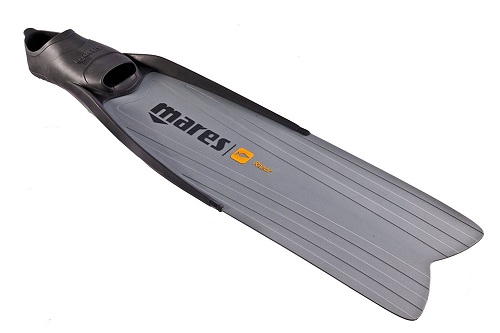
Source: ebay.com
A cheaper alternative with fixed blades is the Rob Allen Scorpia Fins.
See our Freediving Fins buying guide for more details about these and some other top freediving fins.
Float Line & Float
Once you spear that fish you'll need a float and line to string it up. Some spearos just wear their stringers on their weight belts and in save waters that is perfectly fine. But, if you are diving in areas were sharks or even groupers are prevalent then you shouldn't keep a bleeding fish anywhere close to you.
Floats do not just serve as a save place to string your fish. It also serves as a marker for other divers and boat traffic, a leash for your speargun and as resistance for bigger fish putting up a fight.
A foam filled plastic float - like the Rob Allen 7l float pictured above - will serve you for many years. If you are worried about lugging the extra weight around then you can always go for a hollow plastic float or even an inflatable float.
Make sure that your float comes with some tuna clips to connect you line and speargun. Some floats also do come standard with a dive flag to add extra visibility to it and warn boat traffic of divers.come with a fish stringer and spike which is a nice extra bonus but not essential to be honest.
Another nice-to-have-but-not-essential-add-on for your float is a line winder and fish stringer. Neither are essential but will make your #spearolife a lot easier and more enjoyable.
If you don't have a stringer you can simply pass your float line through the gills and mouth of your speared fish and let it work its way down your line to your float.
Conclusion
To be honest this is a lot of spearfishing gear for beginners starting from scratch to buy. Getting all of this new can cost you a pretty penny.
But look on the bright side: once you have the gear the only expense you will have is getting to the dive site and your annual licence.
Happy spearfishing!!





